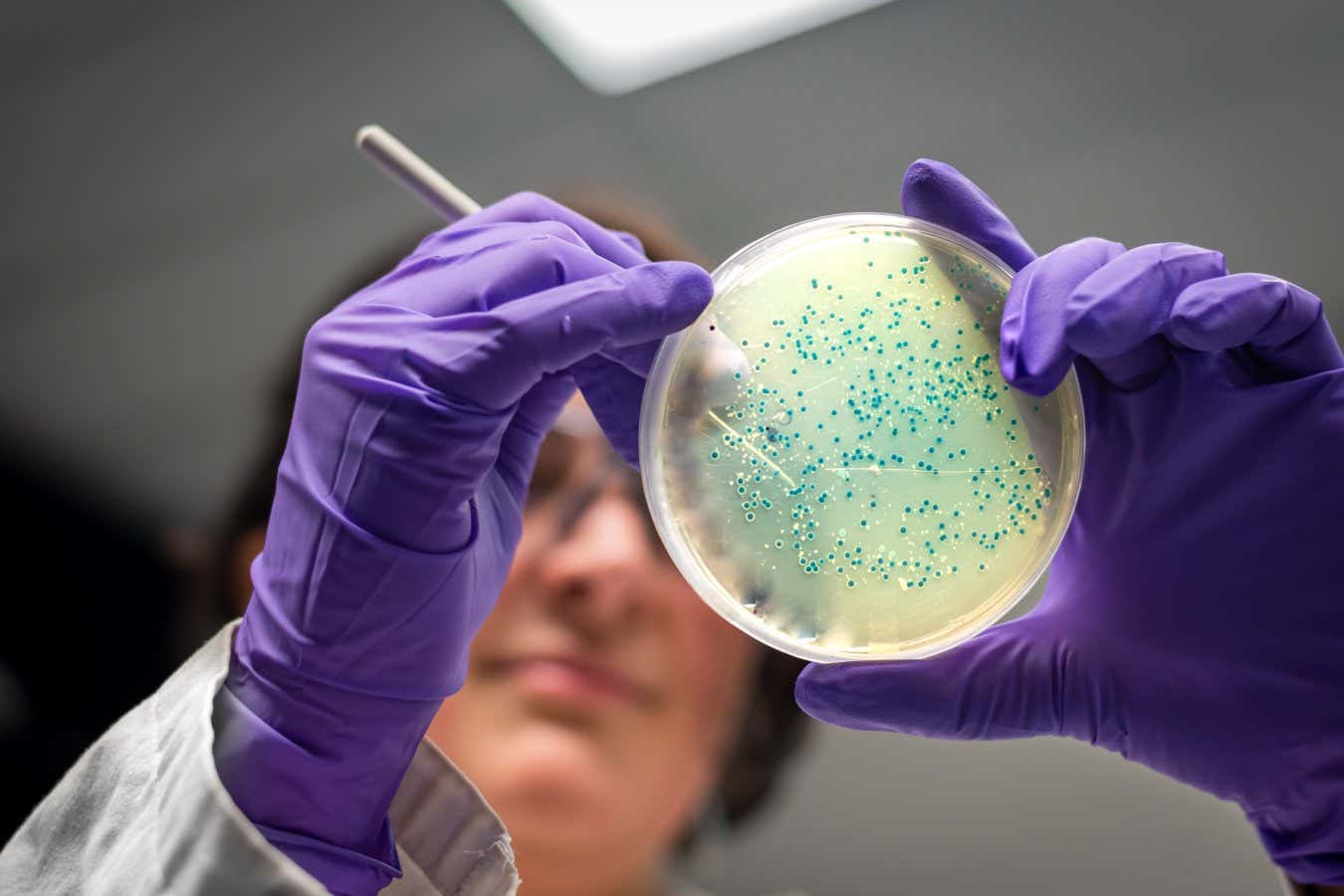Some microbes have a growing resistance to our antibiotics
iStockphoto
The number of global deaths directly attributable to antibiotic-resistant bacterial infections is expected to increase from a record 1.27 million per year in 2019 to 1.91 million per year by 2050. In total, antibiotic resistance is expected to kill 39 million people between now and 2050. – but more than a third of that toll could be avoided if we acted.
Resistance occurs when microbes evolve the ability to survive drugs that were deadly to them, meaning they no longer fight infections. Due to the widespread use of antibiotics, in agriculture and in health care, an increasing number of microbes are becoming resistant and spreading around the world, but the full scale of the problem is not clear.
To handle this, Eve wool at the Institute for Health Metrics and Evaluation (IHME) in Seattle and his colleagues tried to estimate the annual number of deaths due to antibiotic resistance from 1990 to 2021. “Our estimates are based on more of 500 million records,” says Wool. “We have a lot of geographic and time coverage.”
While the overall number of deaths from it is on the rise, the team found that the number of children has fallen due to vaccinations and improved health care. Between 1990 and 2021, deaths from antibiotic resistance fell by more than 50 percent among children under 5, compared to an increase of more than 80 percent in adults of more than 70 years.
Overall, deaths attributable to antibiotic resistance increased from 1.06 million in 1990 to 1.27 million in 2019 and then fell to 1.14 million in 2021, the team concludes. However, the decline in 2020 and 2021 is thought to be a temporary blip caused by covid-19 control measures that also reduce other types of infections, rather than a lasting improvement in the fight against resistance.
In the study’s “most likely” scenario for the coming decades, deaths from antibiotic resistance increase to 1.91 million a year by 2050. In a scenario in which new antibiotics are developed against the most problematic bacteria, 11 million deaths will be avoided between now. and the middle of the century. In a “better care” scenario where more people also have access to good health care, even more deaths are avoided.
The figure of 1.91 million annual deaths is much lower than the often cited figure of 10 million deaths in 2050. a 2016 review. This forecast was based on less reliable estimates and also included the problem of resistance to non-antibiotic drugs in diseases such as HIV and malaria, says a member of the team. Mohsen Naghavialso at the IHME.
The new study is more comprehensive than previous efforts, he says Marlieke de Kraker at the University Hospital of Geneva in Switzerland, but it also has some major limitations. For example, it assumes that the risk of antibiotic-resistant infections that cause deaths is the same around the world, when this is not the case. “If the basic health infrastructure is limited, drug-resistant infections do not necessarily lead to more deaths than drug-susceptible infections,” says de Kraker.
She is also skeptical about the team’s predictions. “I feel that predicting antimicrobial resistance trends is very unreliable,” says de Kraker. Drug-resistant versions of microbes can emerge or disappear suddenly without experts really understanding the underlying mechanisms, and there are often black swan events, which are impossible to predict, he says.
Themes:
